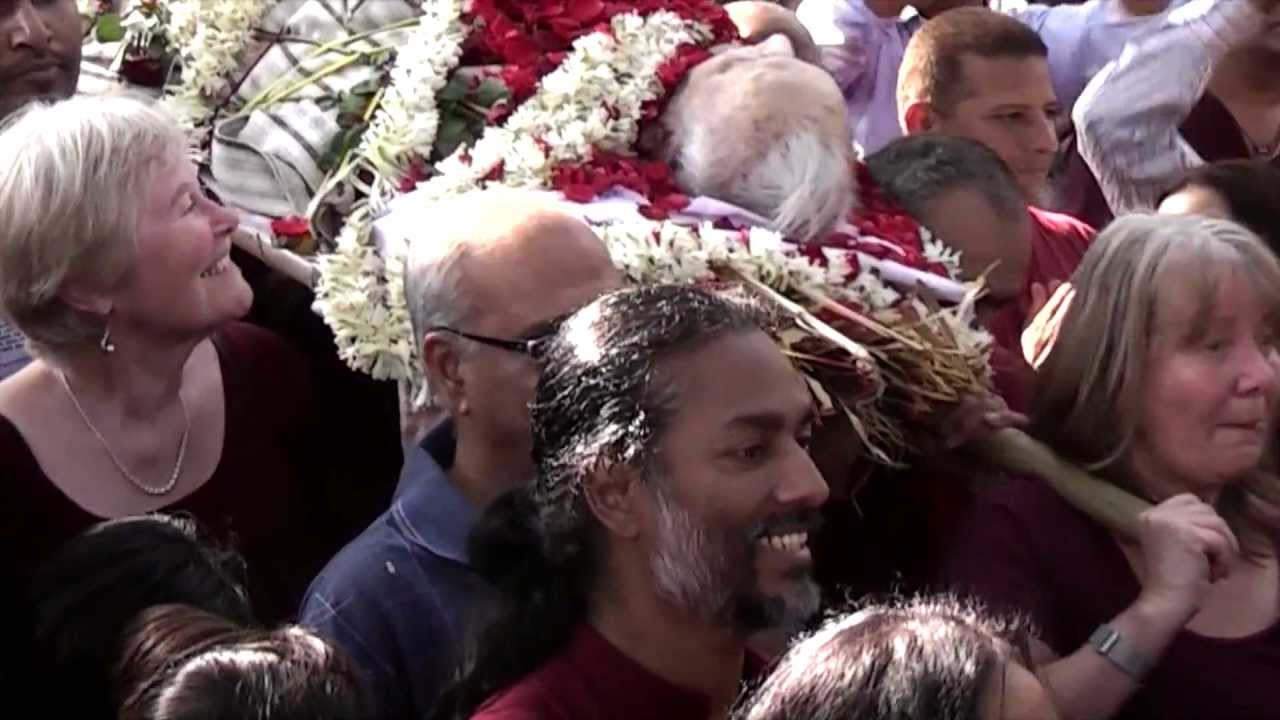There is a mystical story. Towards the end of the British Rule in India, when a great rebellion and unrest had engulfed the whole nation, a large number of people were being arrested and tortured. British Rulers became fully suspicious about the activities of every Indian–they could not trust anyone. During this period, some British soldiers captured a Hindu sannyasin and stuck a bayonet in his chest him on the suspicion that he was a spy. This sannyasin happened to pass through a military cantonment area, and he had been in silence for thirty years–observing a Maun Vrat—a vow of silence for self-realisation. The sannyasin was interrogated with all kinds of questions, but the sannyasin chose not to break his MaunVrat. He simply smiled and did not become afraid. He continued to remain in his silent meditation. This unusual behaviour strengthened their suspicion. And the soldiers became furious and they stuck a bayonet in his chest. In this last moment, this sannyasin uttered one famous word from the Upanishads: Tattvamasi. This sanskrit word means: That Art Thou. It implies that even the killer is divine even though he is not aware of his divinity. And the sannyasin died blissfully–seeing the divine in the killer also. Happyho also provides best Meditation classes in Noida and Delhi NCR India area
This is the true realisation, which sages of Upanishad call it Vidya. And there is another word they use is Avidya–being identified with something that is not the real self.
In Sarvasar Upanishad, the modern sage Osho explains: Avidya means the projective source in you of this ego, of this identified image of yourself. Avidya is a projective force within you. It is not just ignorance, it is not that you don’t know something; it is that you can create something which is not. You can dream of something which is not, you can project something which is not. When the mind is projecting something which is not, it is Avidya. When this mind destroys all projections, all identifications, remains without any projective activity, then this method of destroying all projections, all that is not, but appears to be – is called Vidya. Vidya is not knowledge; again, Vidya is a positive force to destroy all that which Avidya creates. Vidya is untranslatable. Vidya means a positive force in you which can destroy ego formation. Both are positive: Avidya creates that which is not, and Vidya destroys that which is not. So Vidya means yoga, Vidya mean the science of religion.
We send our children to schools, colleges, and universities to be educated. They spend 20 to 30 years of their life in such institutions and when they come out, they look for jobs only. They may get jobs of their choice and earn money. But most of them are not happy in their life. The reason is that they get educated only for certain jobs–but they did not get rooted in Vidya, which would have given them the holistic understanding of life. They did not gain the strength of self-realisation to deal with the challenges and the vicissitudes of life.
This is something urgently needed to understand and to be lived. This must be included in education if we wish to live a life of real awakening, bliss, and benediction.
Osho concludes: “If education can make every person aware that one is enough as one is, and can enable him to experience the bliss of it, if education can make facilities available for the full growth of what one has – facilities for growth, not for ambition; facilities for love, not for competition; facilities for self-awakening and consciousness, not for conflict with others – then such education will be able to bring about a fundamental revolution in the world. As long as education is not able to do this, it is not in the interest of man; on the contrary, it is harmful to man, it poisons the human mind.”
(Revolution in Education, Ch 3 . An excerpt)





